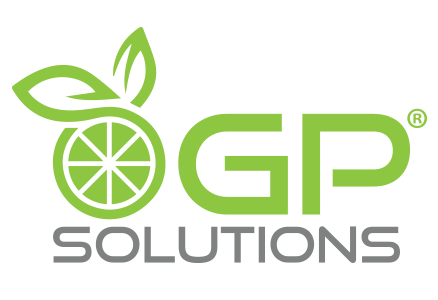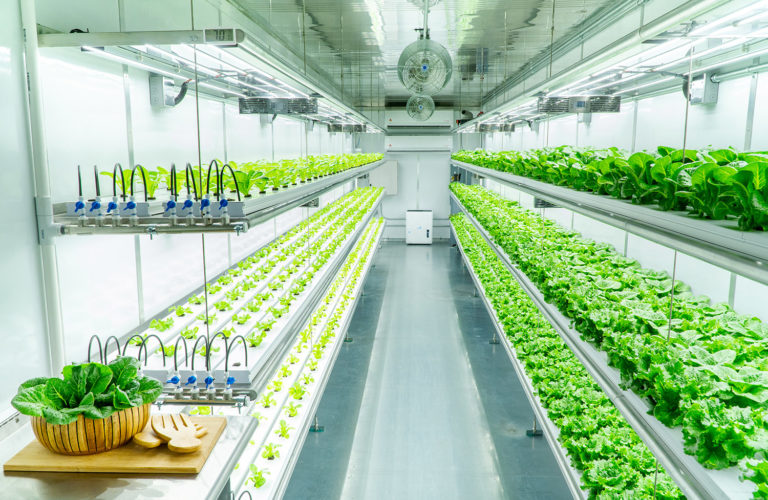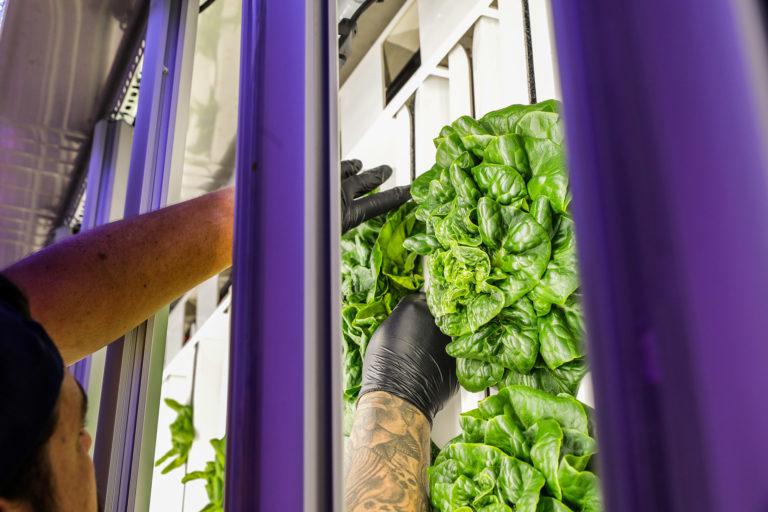We’ve all been there. We try to be healthy and eat well so we pick up some fruit and vegetables from the supermarket. When we get home we find the apples are tasteless. Peaches are green and hard. Tomatoes seem to be a way of holding water rather than something to spruce up a salad. Clearly, the produce available isn’t always the best produce… but is it the best we can do?
Pest-Free Produce is Provided By Grow Pods
Has It always Been Safe and Healthy Like This?
If you live in a city then, yes, it’s likely its always been like this. In fact, you have to go back over a hundred years to understand how it was once different. Once, our food was supplied by a patchwork of local small size farms. But, our population has grown and the food industry has become a lot more competitive at every level specially indoor farming and vertical farms are on the peak today. It’s now a huge business with demanding customers. As a sector, its aim is now yield and efficiency- food quality or flavor is not a primary concern.
For pretty much the last 100 years fruit and vegetables themselves have been bred and engineered to allow them to be transported and stored without damage. This is why we’re able to get grapes from South Africa, apples from New Zealand and avocados from Peru. Grapes used to be available only in summer, but by growing them in Chile and transporting them across the globe we can have them as after school snacks all year round.

You Can’t Stop Importing Food
Food has moved around the world since Europeans brought tea from China, but never at the speed or in the amounts it has over the last few years. Consumers in not only the richest nations but, increasingly, the developing world expect food whenever they crave it, with no concession to season or geography.
To do this efficiently agribusiness has had to improve yield. This means food will be grown on farms requiring pesticides. To ease transport you get a breed of grape which is packed with water but will have lost its flavor, texture and its nutritional content. But, the argument goes, having some grapes is better than no grapes at all even if they have no taste.
To check the origin of every single fresh produce in your shopping basket is a superhuman task. But surely the consumer should be able to assume that the food they buy is the best flavor for the price they pay? And that the food is as nutritious as possible? Surely then it’s unfair for consumers to see a steady decline in calcium, iron, phosphorus, protein, and vitamin content?
So what happened?
Actually, it’s pretty obvious that’s what’s happened. International big-ticket agribusiness has depleted soil of anything nutritious. This impoverished product tells you that the structure for agriculture no longer works with our best interests at heart. It would be overkill to say a supermarket carrot has no nutrition in it. However, it is true that modern intensive agricultural methods have stripped increasing amounts of nutrients from the soil in which the food we eat grows. Sadly, each successive generation of fast-growing, pest-resistant carrot is truly less good for you than the one before.
Because agribusiness is so efficient the cost of the actual food being produced is tiny in relation to the overall supply chain. It’s so small that when you buy your supermarket carrot your’s actually paying for several- the one in your hand and the ones that were lost on the way there. Unbelievably, over one-third of all food made for humans is lost or wasted before it even reaches your home.
Agribusiness stores up its problems for the future to deal with.
So Can I Change the Future of Food?
If you want to know about the future of food, don’t talk to a CEO, talk to a backyard farmer. Ask about Baldwin apples. If you don’t know about these, it’s an heirloom breed from the 1700s. Or the Rambo apple, which is even older and gave its name to an action film character. Or ask about Black Vernissage tomatoes or Purple of Sicily Cauliflower. On a tiny scale you can now find boutique nurseries selling heirloom fruit and vegetables. And, it’s local, high quality and pesticide-free. Around the country, there are more and more markets with goods from sellers a few miles away and there’s an increasingly successful infrastructure supporting them.
The reasons for doing this are varied- many are hobbyists, or just want better tasting food. Many want environmental justice, a fairer distribution of environmental benefits and burdens.
These guys make sacrifices: yield is often low, cost per dollar sale is large and produce is seasonal. It’s the exact opposite of the grape trade off we mentioned above. The important aspect is that a shift to local food would be a revolution- it would radically change our nutrition, the way we shop and the way even conceive of food. Being less reliant on transport networks means access to food is secure. Increased urban farming will improve food security, aid in environmental justice, and help beautify neighborhoods, all while increasing community happiness.
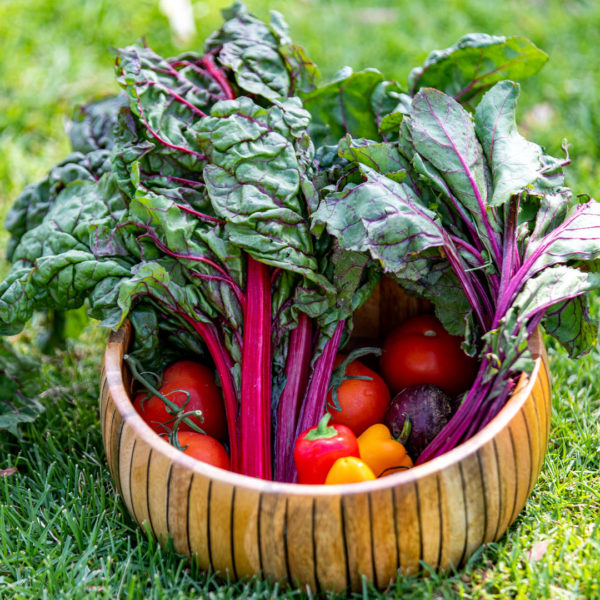
Container Farming is Happiness
This is where Grow Pod comes in. Our container farm units actually increase yield without having to douse products in pesticide. We have multiple harvests a year and found can be grown 365 days a year. Container farms are made from recycled shipping containers, refitted for clinical cleanliness inside where we kit them out as vertical farms. Sealed from the outside environment there are no bugs or germs, and using state of the art LED lights and cloud software the environment can be managed so plants get the right nutrients when they need it. Many companies have began installing commercial solar systems to power their grow pod containers.
Our shipping container farming units are a standard 40ft long and once water and electricity are connected you’re good to start work. They’re modular and even stackable making vertical farming truly vertical! And because they take less space than a parking lot, food can be grown anywhere at any time of year. Fresh tomatoes in Anchorage, delicate herbs in Brooklyn, fresh lettuce in Las Vegas – it’s all possible.
